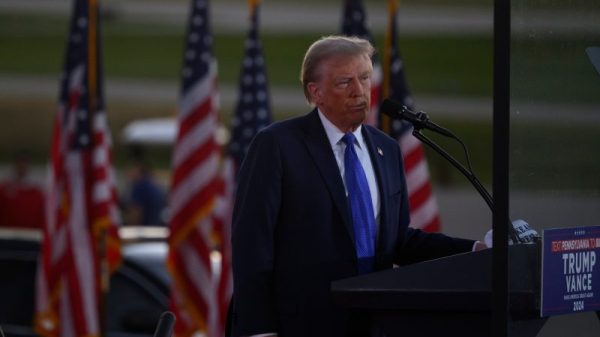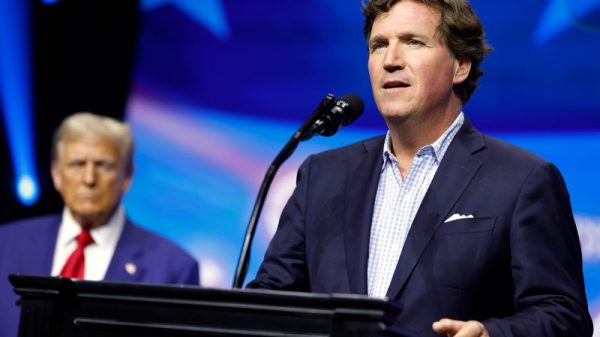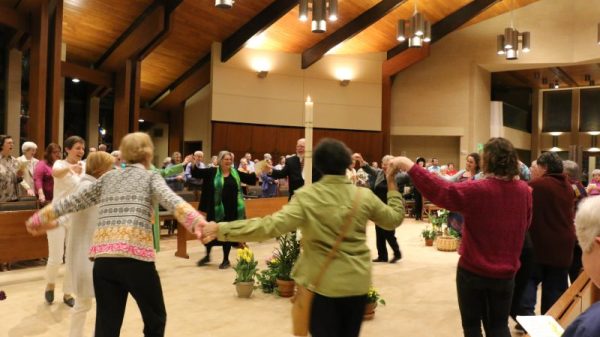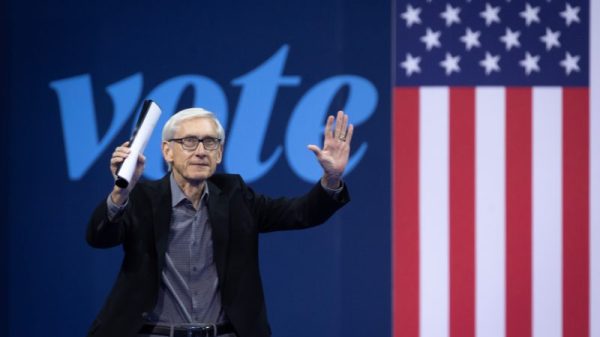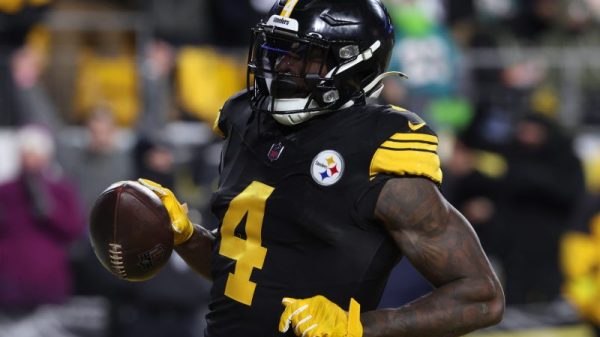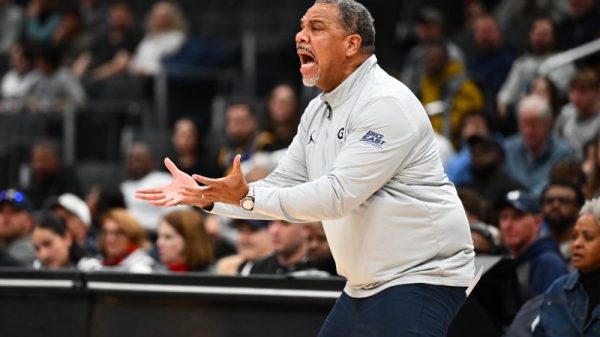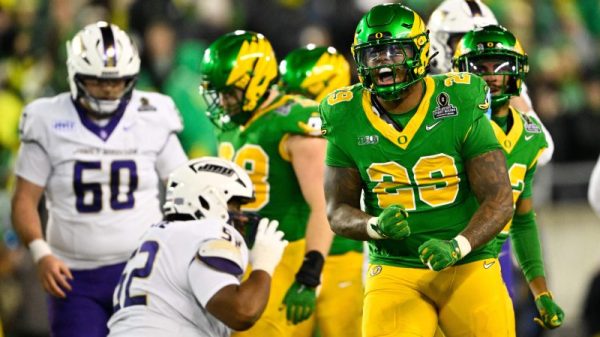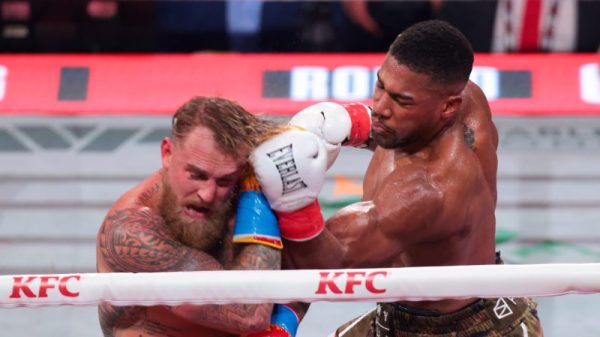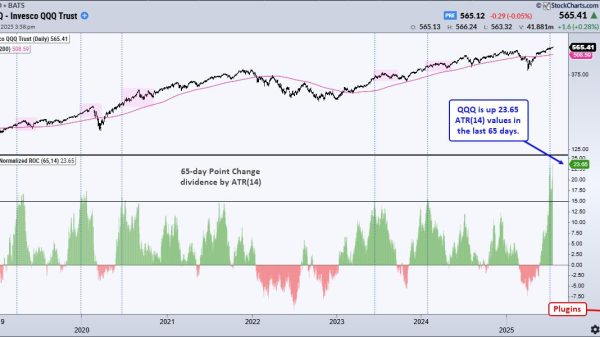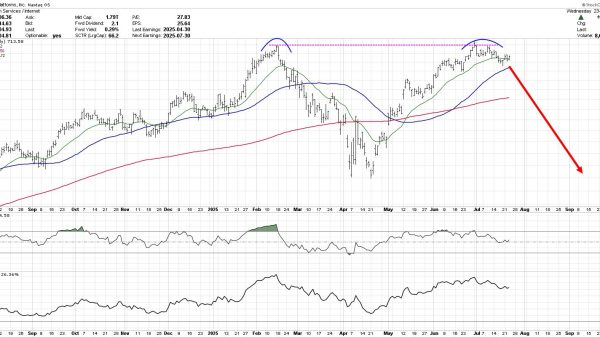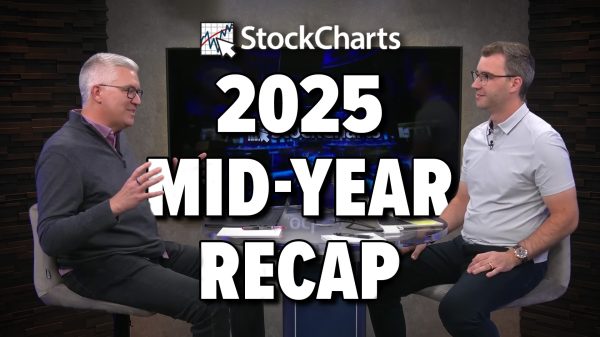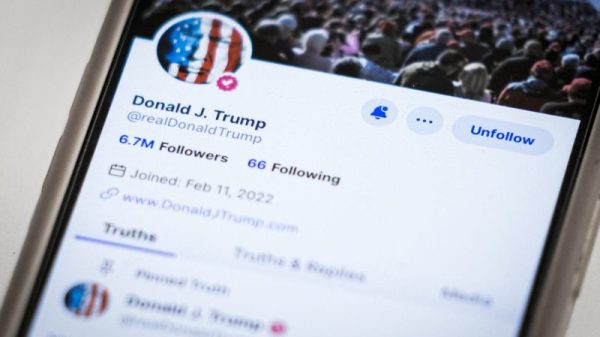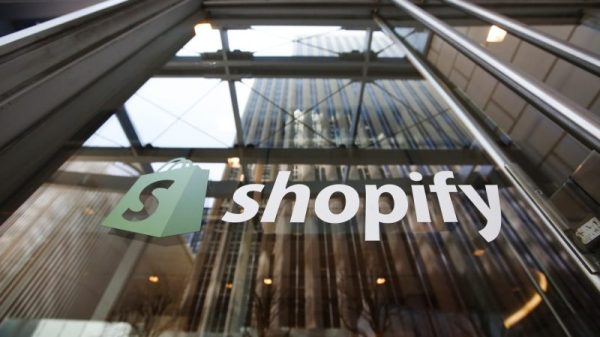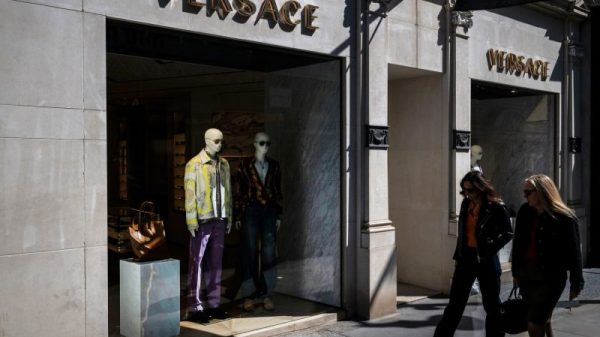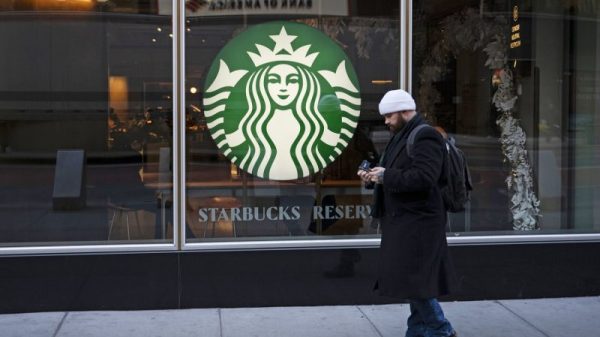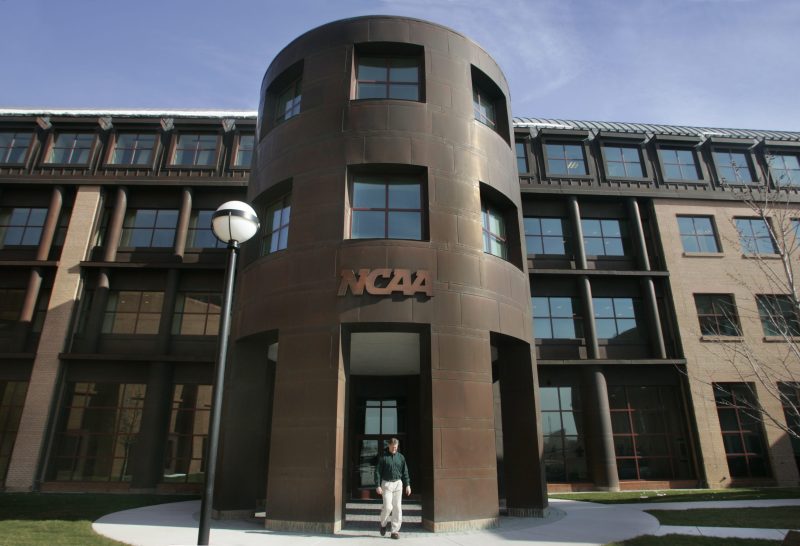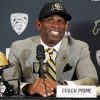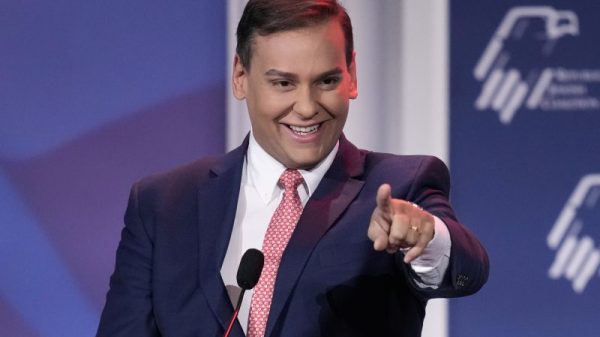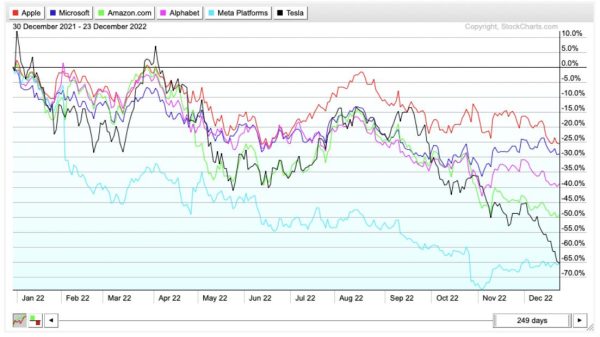There are only two possible explanations for what’s happened during the first couple weeks of college sports’ new pay-for-play rules: Either the power conferences got duped by signing off on the House vs. NCAA settlement or they built it to fail intentionally.
You can make pretty good arguments for both.
Here’s the basic recap: Last week, the new College Sports Commission sent a memo to schools explaining that some name, image and likeness deals were being denied because they come from booster collectives rather than regular businesses. The CSC is the group appointed by the power conferences and tasked with enforcing the $20.5 million revenue sharing cap and NIL rules that came out of the settlement.
The plaintiff’s attorneys in the House case, led by Jeffrey Kessler and Steve Berman, responded by demanding a retraction of that memo and suggesting that the CSC must treat collectives like other businesses – or else it’s off to court again.
And now on Wednesday, Yahoo! Sports reported that power conference are back in negotiation over this issue, with SEC commissioner Greg Sankey acknowledging there could be “a much softer cap” if booster collectives are put in the same category as other businesses.
Folks, we’re 17 days in – and it’s already a (expletive) show.
Are we really supposed to believe that after years of negotiating this settlement to build the so-called guardrails schools wanted around NIL – a settlement, by the way, that will cost $2.8 billion in damages over the next 10 years – that they didn’t have clarity on the key element in whether it has a chance of working?
From the very beginning, everyone (including the schools who signed off on the settlement) understood the new system would face lawsuits almost immediately on two different fronts: Whether it complies with Title IX and whether it’s legal for the CSC to determine what constitutes fair market value.
In other words, if some rich business owners wants to pay Johnny Linebacker $750,000 to play for their favorite school while doing some autograph signings and local TV commercials, can a third-party enforcement group really deny that payment because the money attached is far bigger than comparable endorsement deals? It’s an interesting question, one that will undoubtedly face legal scrutiny.
But if college administrators want to live in a world that is different from the one they were living in over the past four years of sham booster deals being disguised as NIL, they have no choice but to go to the wall in protecting the authority they believe they gained through the settlement process.
And that authority includes the CSC’s ability to deny deals that don’t meet the standard of a “Valid Business Purpose.”
Here’s the crux of the issue, though. The CSC has defined Valid Business Purpose as “Evidence of using the student-athletes NIL to promote a good or service being offered to the public for profit” while also staking a position that “An entity with a business purpose of providing payments or benefits to student-athletes or institutions, rather than providing goods or services to the general public for profit, does not satisfy the valid business purpose requirement set forth in NCAA Rule 22.1.3.”
In other words, if a collective is being used as a third-party marketing agency to facilitate endorsement deals, that’s allowable. But the CSC says collectives that exist to move money from boosters to athletes so that schools can circumvent the revenue sharing cap will have their deals denied regardless of the amount involved or what the athlete is required to do for the money.
In other words, the CSC – which, again, is implementing the will of the power conferences who approved the settlement – is saying that collectives can’t operate the way they’ve been operating. And that makes perfect sense if the goal was to truly rein in NIL and stop the flow of booster money.
But Kessler, according to a person familiar with his thinking who spoke on the condition of anonymity because they were not authorized to do so, was surprised the CSC took that position and believes the language in the agreement is targeted at the transaction itself, not the organization facilitating the transaction.
I’m surprised that he’s surprised. Because why else would schools have settled with him in the first place? What we have here, essentially, are high-priced lawyers on two different sides who spent months coming to an agreement and now disagree on how arguably the most important issue in the agreement was worded. And now they’re negotiating again to see if they need to go court to resolve this dispute.
Whoops?
But if there’s engagement with Kessler that could create a “much softer cap’ in Sankey’s words, it would essentially be green light for collectives to go back to operating exactly the way they were over the last few years. Which means schools would have accomplished nothing except moving the money around a little bit.
It’s actually mind-blowing that, 17 days in, this is even in question.
So is it merely bad lawyering, or are there certain groups who are actually fine with the settlement effectively falling apart and returning to the status quo where the real salary cap was what their collectives could raise rather than the $20.5 million?
When you think about who runs the show these days, and who might benefit the most from a cap that isn’t really a cap, it’s the usual suspects. The SEC and Big Ten. Heck, at SEC media days this week, Ole Miss coach Lane Kiffin said it was “obvious” that rival schools were ignoring the cap in recruiting this cycle. Let’s put it this way: Nobody who thinks they have a chance to win a national title over the next five years is planning to spend as little as $20.5 million for their football team, let alone their entire athletic department.
And in full disclosure, over the course of the settlement drama, I spoke with a number of people in both leagues who thought it was a mistake to settle for this very reason: There was simply no ironclad way to contain the money and no long-term legal protection without an antitrust exemption from Congress.
While the NIL environment over the last few years was annoying from a coaching lifestyle perspective, it certainly didn’t hurt the SEC or Big Ten competitively. If the settlement becomes a sham, those schools are going to be fine because of the vast amount of television revenue they bring in. Most everyone else, though, will be back to the grind of begging boosters to give them millions on top of the revenue sharing cap – a battle they are destined to lose.
Given what has transpired over the last week, doubts about the settlement are more than legitimate. To go through this entire process and still not be able to answer definitively whether collectives can operate as they did before is perhaps the dumbest in a long line of dumb legal situations that college sports has found itself in over the last decade. The only question is whether they got there by malice or incompetence.

